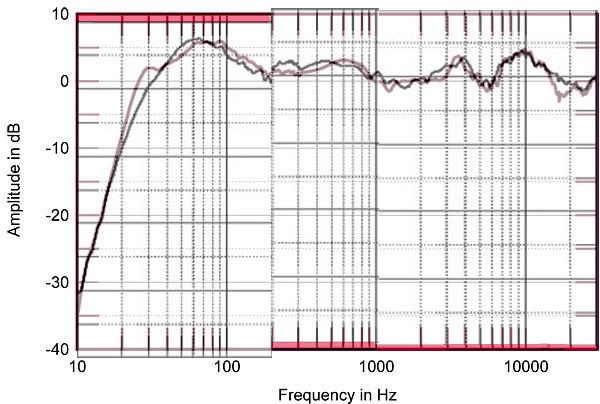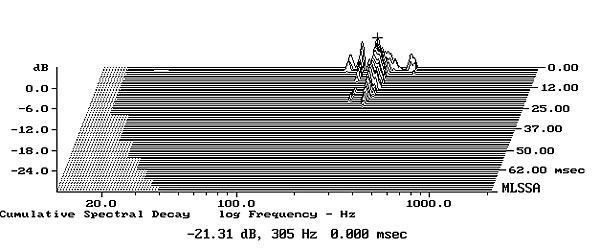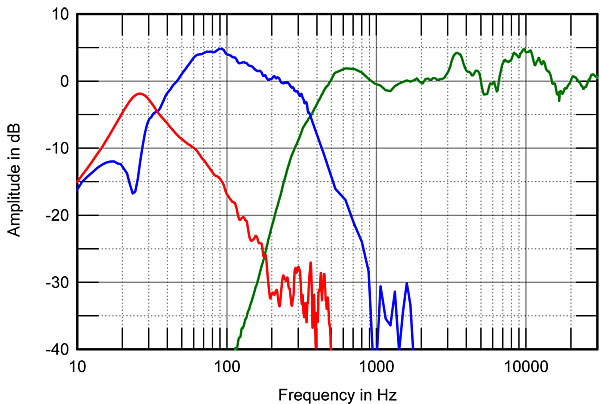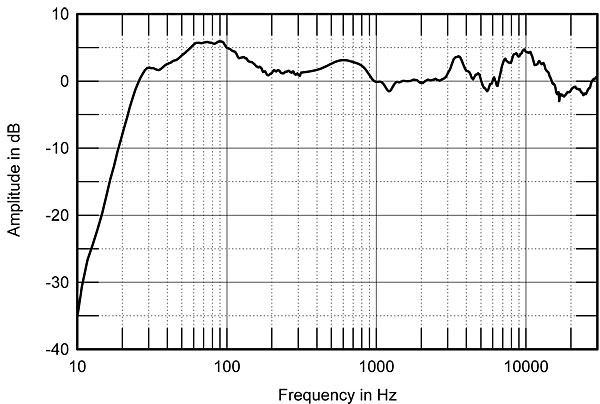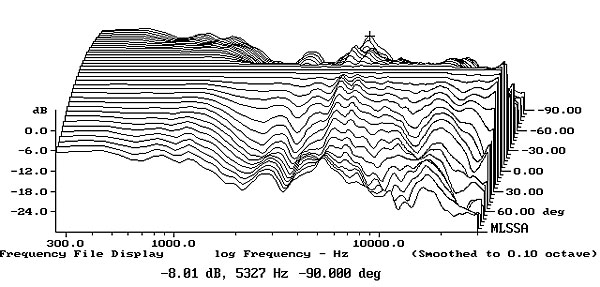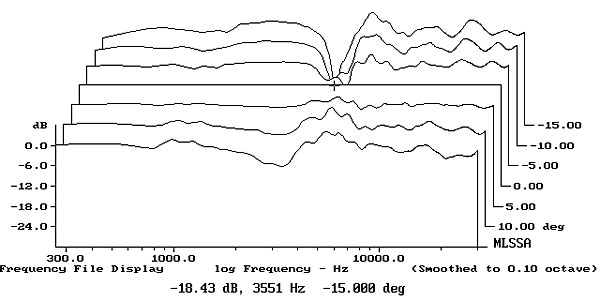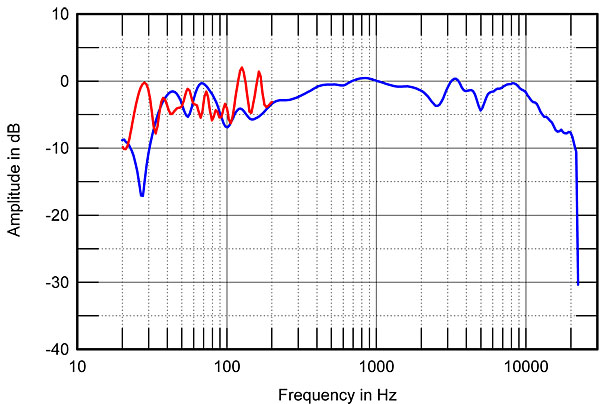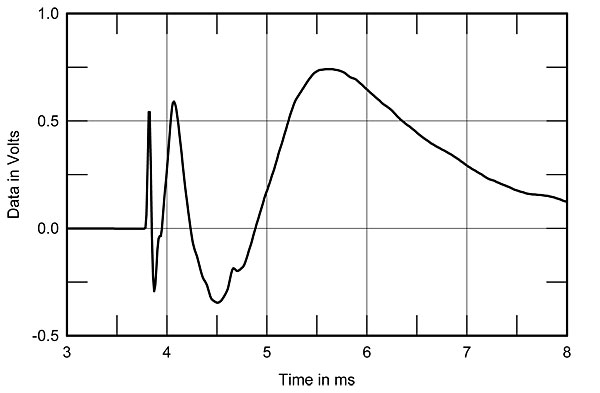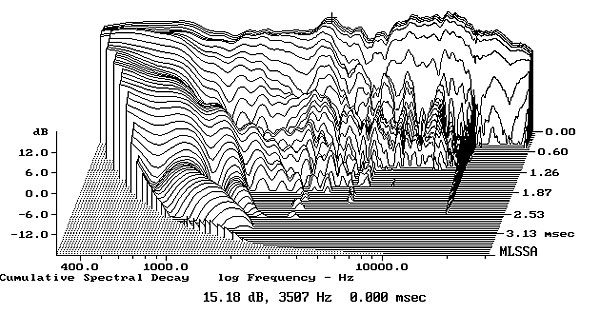| Columns Retired Columns & Blogs |
While the driver motors have been changed in the new 800 series, based on the measurements of the 802D and 800 Diamond, it seems that the only significant difference, (relatively speaking) in the performance of these two speakers is in the FR balance. Their sensitivity, impedance plots, cabinet resonances (or lack there of), are all VERY similar. Even the general trends in the FR are remarkably similar. In the range covered by the new and old diamond tweeter, they both have the same peak at 10K, followed by the dip at 5.5K and a smaller rise at 4K. Raise the overall treble level 1dB on the 802D, and it would be virtually interchangable with the 800 Diamond. Likewise, raise the midrange level 1-2dB in the 802D and lower the bass by 2-3dB, and you essentially get the graph for the 800 Diamond. All of those things combined would certainly make the two speakers sound different, but is the new speaker actually "better"? I have to wonder if Kal would have used the EQ in the Classe prepro to adjust the bass/mid/treble levels of the 802D to mimic those of the 800 Diamond if he would have heard any meaningful difference?
Then again, in the purist world of 2CH audio, where the use of external EQ is often considered rape of the delicate audio signal, relying on the speaker maker to re-map the FR with passive crossover components is all you have. All hail the new king in town! Shhh... pay no attention to uncanny ressemblence to the old king, he's wearing completely different clothes, so it surely can't be him..... ;-)
Here's a little photoshop magic to illustrate the very minor differences between these two speakers. Red plot is 800 Diamond, with a trasparent layer of the 802D over top. The bass / mid / treble have been shifted up or down to match the 800 Diamond plot.
